
Merlot is one of the world’s most widely planted and beloved red wine grape varieties, known for its plush texture, generous fruit profile, and adaptability. While it often plays a supporting role in Bordeaux style blends, Merlot also shines when creating varietal wines on its own, offering remarkable diversity across regions and climates. In this profile, we explore Merlot’s origins, flavors, growing conditions, and global impact—along with a look at its role in sustainable winemaking and the legendary labels that have made it iconic.
Merlot is celebrated for its smooth, velvety texture, ripe fruit flavors, and balanced structure. Originating in Bordeaux, France, the name likely comes from "merle," the French word for blackbird—either referencing its dark blue hue or the bird’s taste for the grapes. The grape produces large, plump berries with thin skins and a rich, ruby to garnet color. It typically delivers medium bodied wines with moderate acidity and soft tannins.
Merlot thrives both as a solo act and as a blending partner. In Bordeaux, it brings softness and fruit to Cabernet Sauvignon’s tannic structure. Outside France, winemakers craft expressive single-varietal Merlots that showcase the grape’s full personality.
Thanks to its adaptability, Merlot grows in a wide range of soils and climates—from Bordeaux’s clay to Napa’s sun-drenched valleys to Tuscany’s hillside vineyards. While often compared to Pinot Noir for its sensitivity to terroir, Merlot stands apart for its broader body and signature elegance.
At its best, Merlot strikes a perfect balance between richness and refinement, making it a favorite of both novice wine drinkers and seasoned enthusiasts.
Merlot is celebrated for its smooth, approachable character and layered complexity. Whether enjoyed young or allowed to age, it typically offers a harmonious blend of fruit, earth, spice, and oak-derived nuances. Here are the most common tasting notes you’re likely to encounter in a glass of Merlot:
These flavors reflect Merlot’s adaptability, and allow for a wide range of food pairing experiences, with dishes that range from pasta with tomato sauces to red meats and pork.
The story of Merlot vines begins in 18th-century Bordeaux, where it was prized as a blending grape, to soften Cabernet Sauvignon. Its success spread quickly—first across Europe, then to the Americas and beyond.
By the 19th century, Merlot had reached Switzerland and Italy, where it became a foundational grape in Tuscany's modern winemaking. In the mid-1800s, it arrived in California with European immigrants, flourishing in regions like Napa and Sonoma.
Merlot found new homes in Chile, Argentina, Australia, and New Zealand, each adding local nuance to the grape’s identity. In the U.S., Washington State—particularly the Columbia Valley—has emerged as a major source of high-quality Merlot grown in significant quantities.
Today, Merlot is a global staple and one of the most planted grape varieties—beloved for its adaptability, elegance, and consistent appeal.

Behind Merlot’s smooth texture and lush flavors lies a grape that demands careful viticultural attention. Its growth habits, ripening cycle, and climate sensitivity make it both rewarding and challenging to cultivate. In this section, we explore the key growing traits and vineyard considerations that shape Merlot’s unique character in the vineyard and, ultimately, in the glass.
To thrive, Merlot requires a careful balance of sunlight, water, temperature, and soil composition. Its ability to adapt is one of its strengths, but maximizing quality depends on meeting specific growing needs. This section breaks down the ideal climatic and environmental conditions that help Merlot express its full potential.

Merlot’s true strength lies in its adaptability—a grape that reflects the nuances of terroir wherever it’s grown. From the clay soils of Bordeaux to the sun-soaked valleys of California, each region puts its own stamp on Merlot’s flavor profile and structure. In this section, we explore how different climates, soils, and winemaking traditions shape Merlot around the world.
Merlot reflects its origin like few other grapes. Clay soils bring plushness; granite and elevation enhance aromatics. Cool climates show red fruits and herbs; warm ones boost body and black fruit.
Sustainability is now a cornerstone of modern viticulture, and Merlot growers are no exception. Here’s how the grape is grown more responsibly:
Modern Merlot is as much about planet-friendly practices as palate pleasure—a win-win for conscious wine lovers.
While Merlot is grown around the world, a few standout wines have helped define its prestige and global reputation. These iconic labels capture the grape’s full range—from luxurious and age-worthy to vibrant and approachable.
These wines showcase Merlot’s range—from opulence to elegance, old world to new, terroir to technique.
Merlot is more than a grape—it’s a bridge between regions, styles, and generations of wine lovers. From its Bordeaux beginnings to its global rise, it tells a story of balance: between softness and structure, tradition and reinvention.
Whether in a Right Bank blend or a solo bottle from Napa or Tuscany, this popular red wine rewards curiosity and offers depth without pretension. In the vineyard, its delicate nature demands care. In the glass, Merlot makes velvety wines with earthy notes, that pair well with dishes like roast turkey or roasted vegetables.
And in the world of wine, few grapes speak so fluently to both novice drinkers and seasoned collectors. Merlot is a classic that keeps evolving—and that’s what makes it unforgettable.
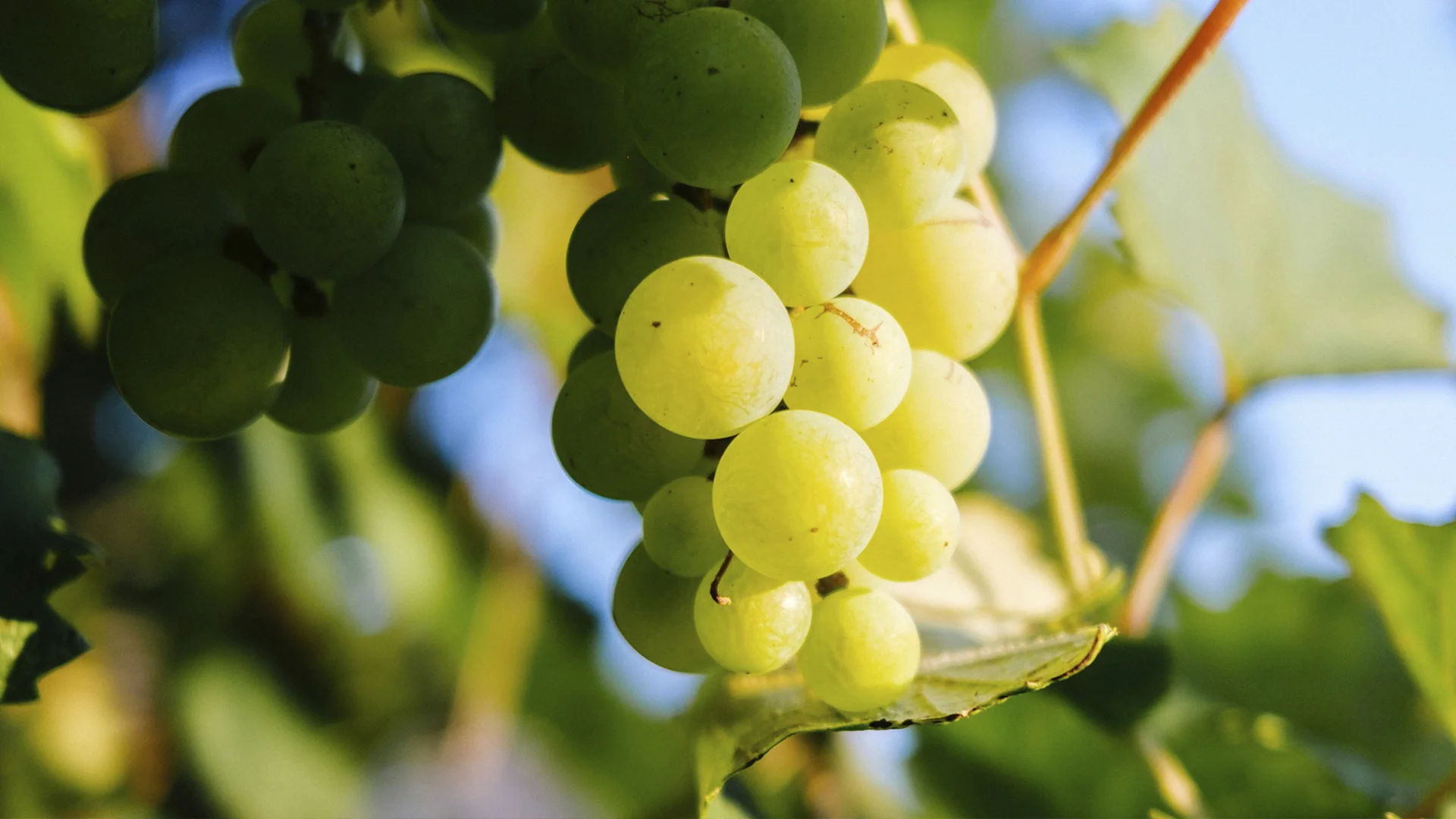
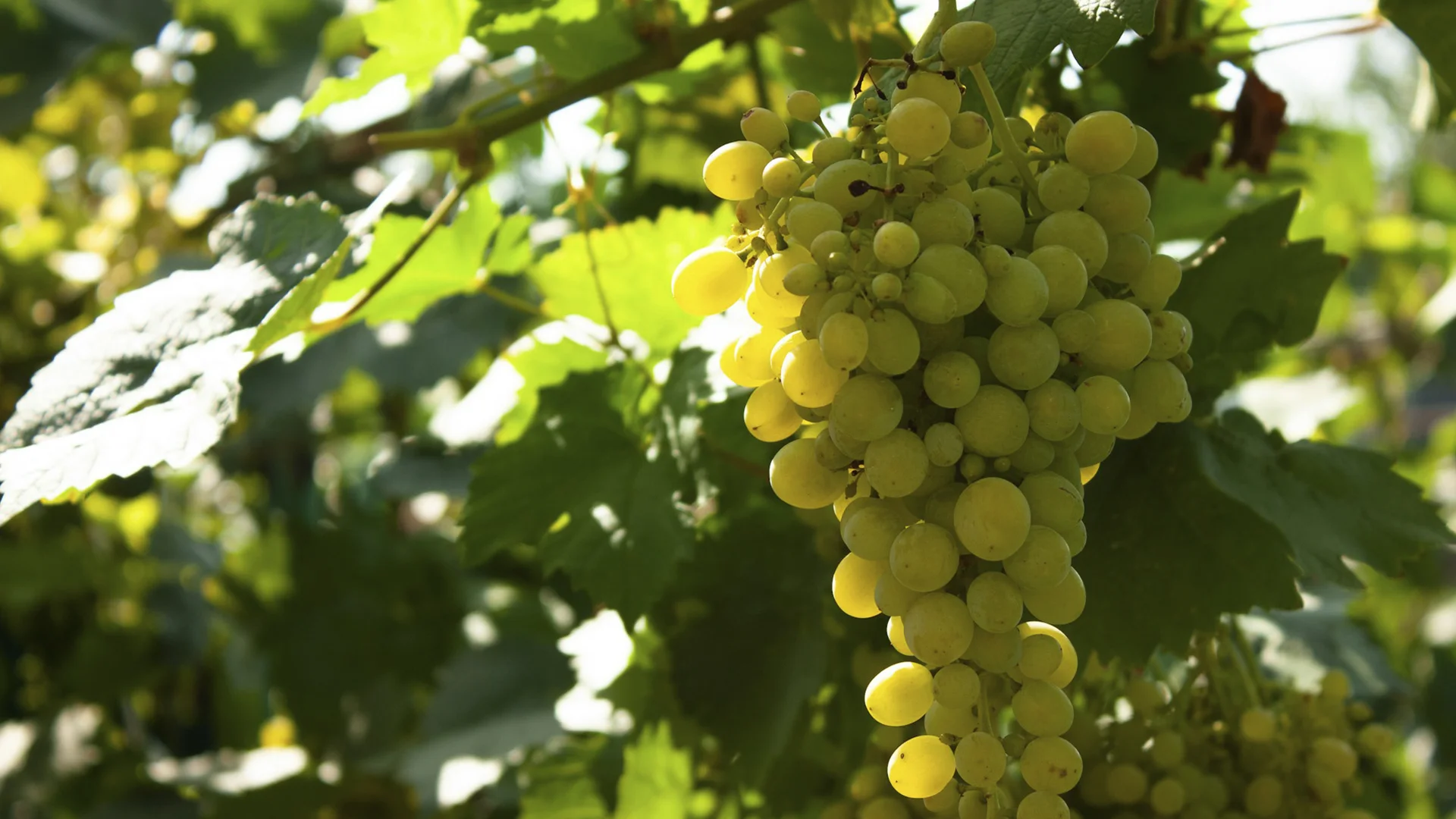
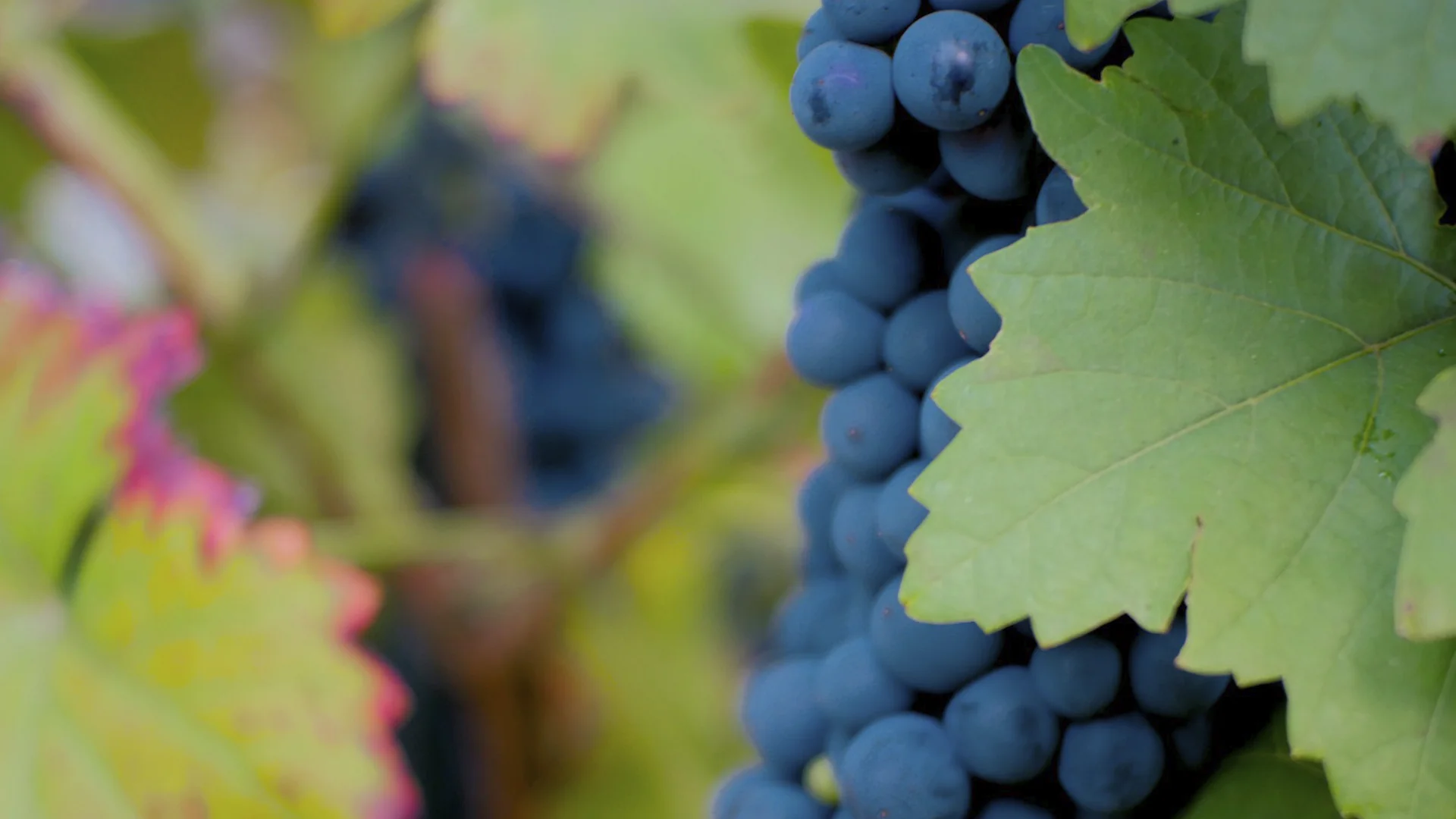
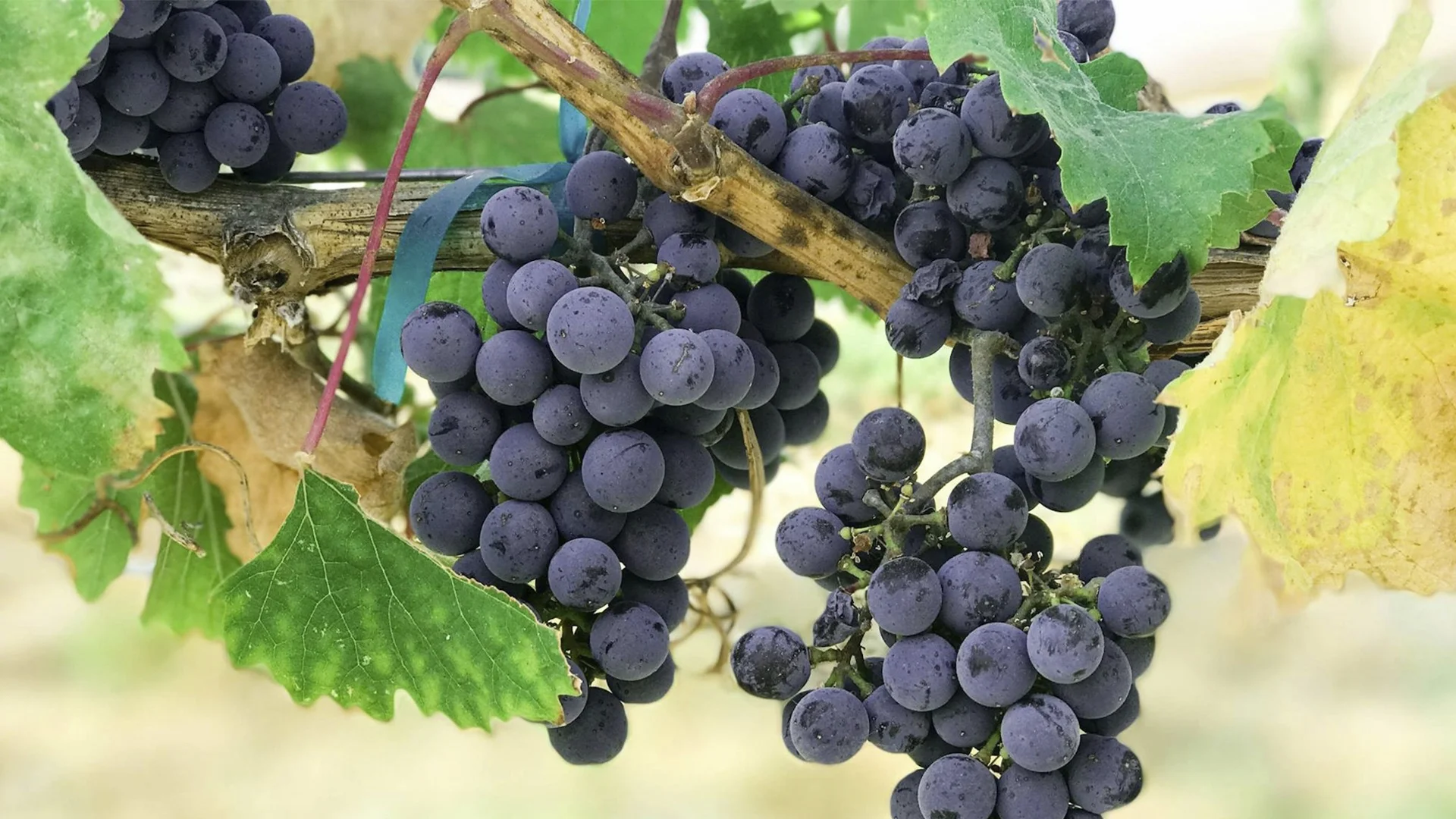
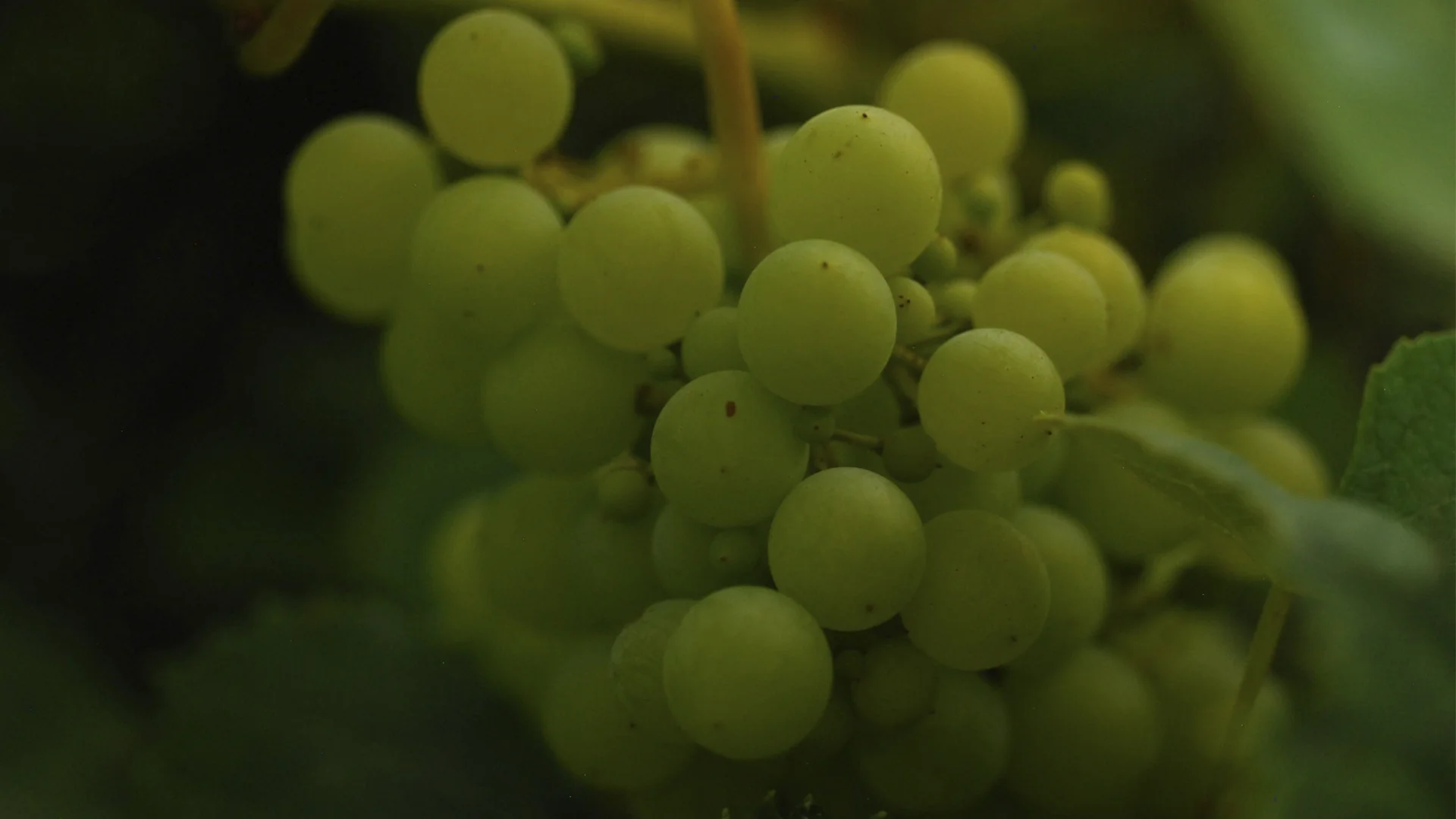
























































































.webp)

.webp)





Are you interested in
collaborating with us?